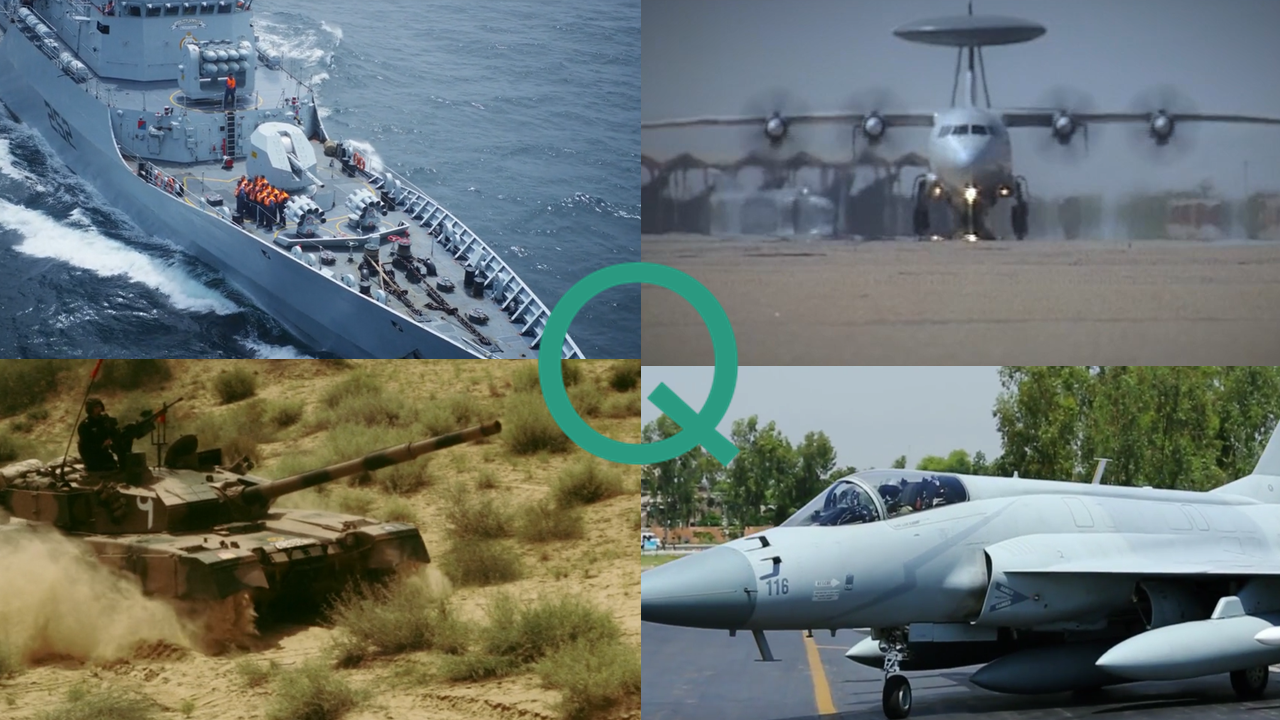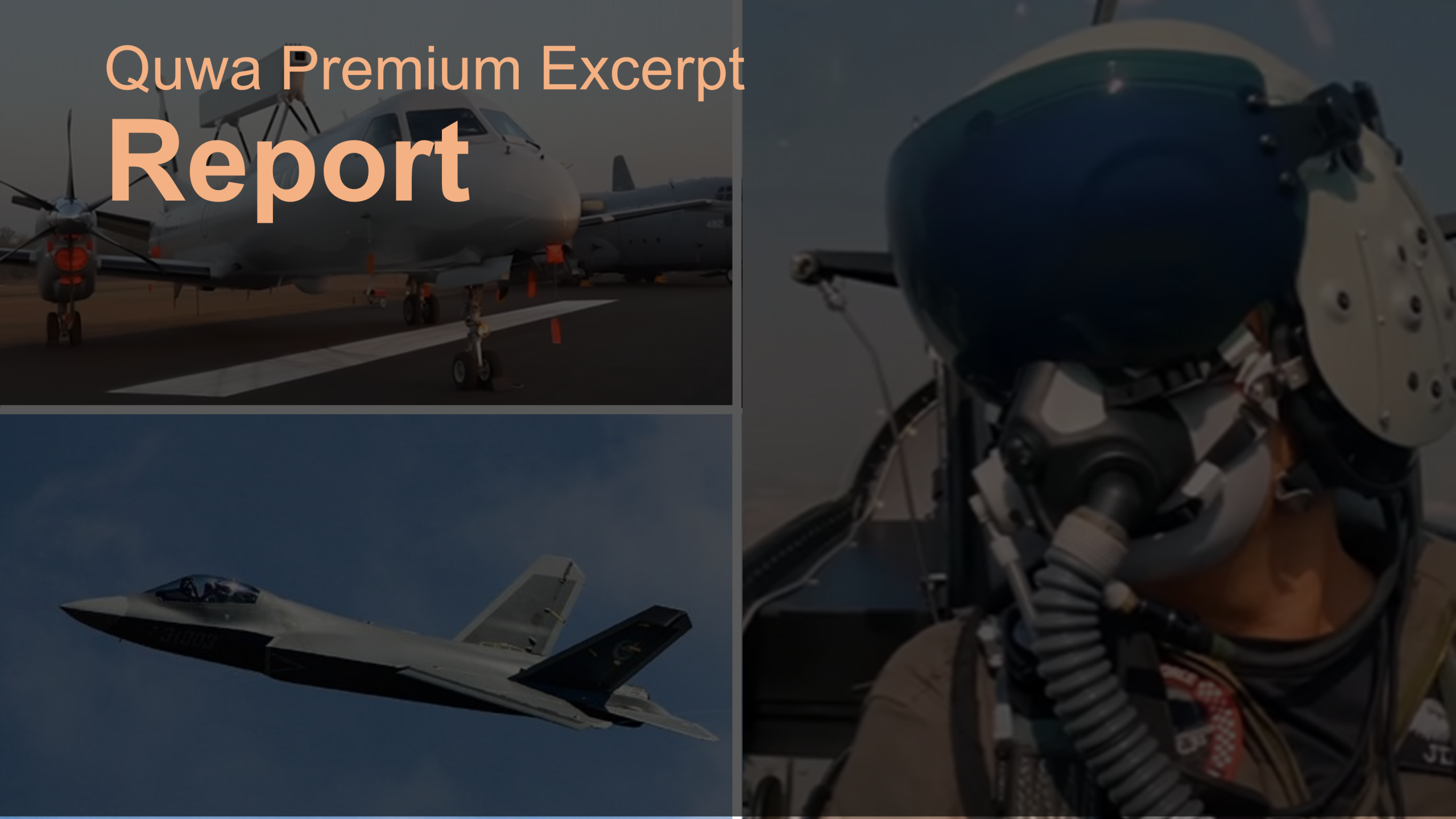19 February 2016
Every Friday, Quwa offers coverage and short-form analysis of various news topics. It can be a challenge to offer in-depth reporting for every interesting news piece, so we invite you, our readers, to engage and share with us your knowledge and insights on issues and topics that interest you the most.
Be sure to get in touch with us on Facebook and Twitter!
A look at Pakistan’s F-16 purchase
On 12 February the U.S. State Department approved Pakistan’s request for eight F-16C/D Block-52+.
The $700 million U.S. sale involves two single-seat F-16C and six two-seat F-16D aircraft. In addition, it includes 14 ‘Joint Helmet Mounted Cueing Systems’ (JHMCS) and eight ALQ-211(v)9 ‘Advanced Integrated Defensive Electronic Warfare Suites’ (AIDEWS).
Besides equipment, the purchase also includes “spare and repair parts, support and test equipment, publications and technical documentation, personnel training and training equipment.”
The possible sale has drawn significant controversy, especially towards the White House’s desire to pass the deal under the Foreign Military Financing (FMF) program. The FMF program was designed to help U.S. partners acquire military equipment with subsidies and term-financing plans. Under the pre-text of supporting the Pakistan Air Force (PAF)’s counterinsurgency (COIN) efforts, the U.S. government is looking to subsidize almost half of the value of the possible F-16 sale.
As expected, the F-16 sale has drawn India’s ire, but it is important to put the issues driving this sale into focus, so as to understand the motivations of each relevant party. For the U.S., the F-16 is a key foreign policy tool, a means to maintain influence in Pakistani security circles.
Granted, the F-16s could (and will) be used to support the PAF’s COIN efforts, but it is not as if the PAF is short on enough fighters capable of engaging in the task. Moreover, if Washington was fully intent on building the PAF’s COIN capacities, it would push it to acquire a COIN-centric platform such as the A-29 Super Tucano or help Pakistan expand its AH-1Z order. The fact that the F-16s are being sold with the Exelis AIDEWS, an integrated electronic warfare system meant to defend against aerial threats, is a clear indication that the U.S. is looking to partly meet Pakistan’s defence needs (vis-à-vis India).
For the PAF, these eight F-16s will raise its F-16 fleet to 84 aircraft: 26 Block-52+, 45 Mid-Life Update (MLU) and 13 Block-15 ADF. The PAF might be looking to gradually raise its F-16 fleet to the originally planned force of 110 (when it ordered 71 F-16 Block-15OCU in the late 1980s). This could be done with incremental purchases of new-built F-16s as well as possibly used ones. Unfortunately, it is unclear whether the PAF will (or is even able to) secure additional armaments for the F-16, such as the AIM-9X within-visual-range air-to-air missile (WVRAAM), AGM-154 Joint Standoff Weapon (JSOW), or SOM cruise missile (developed by Turkey, but will also be produced by Lockheed Martin).
Iran may acquire Sukhoi Su-30SMs
Iran has signaled its intention to buy Su-30SM multi-role fighters from Russia.
If the fighter deal comes to fruition, Iran will essentially procure the Su-30SME, the export variant of the Su-30SM, which in turn was the latest Su-30-variant. While a multi-role fighter, Iran may be interested in using the Su-30s in a strike-oriented role; the fighter’s heavy payload (12 hardpoints for 8000 kg in munitions) and twin-seat arrangement make it ideal for such a role.
The Su-30SME will go a significant way in recapitalizing Iran’s air force, which is beset with an ageing and increasingly unserviceable fleet. It will be interesting to see if the Chinese FC-20, i.e. the export variant of the medium-weight J-10A, is also brought into the mix. The Su-30SMEs could be bought to replace the F-14s, while the FC-20s could be used to phase-out lightweight fighters such as the F-5 Tiger-II as well as rebuild Iran’s numerical fighter strength.
In the coming days, Iran will also receive the first batch of S-300 long-range surface-to-air missile (SAM) systems from Russia. The $800 million U.S. deal was signed in 2007, but was suspended in 2010 due to the United Nations placing an arms-embargo on Iran. The deal was resumed in April 2015.




